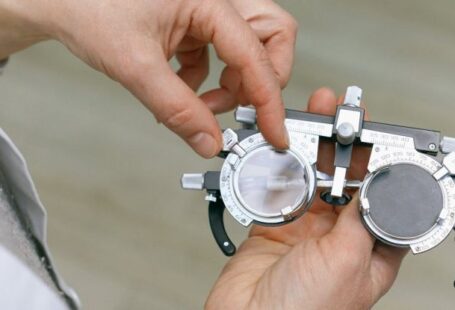Designing a kitchen that serves multiple functions can be a challenging task, but with the right approach, it is entirely achievable. By incorporating elements that cater to both dining and workspace needs, you can create a practical and efficient area that maximizes the functionality of your kitchen. From layout considerations to storage solutions, here are some key tips on how to design a kitchen that functions as a dining and work space seamlessly.
**Creating a Multi-Functional Layout**
When designing a kitchen that doubles as a dining and work space, layout is key. Opt for an open-plan design that allows for seamless flow between the different areas. Consider incorporating an island or a peninsula that can serve as both a dining table and a workspace. This central piece not only provides additional counter space for food preparation but also offers a casual dining area for quick meals or snacks. By centralizing these functions, you can create a cohesive and versatile space that is conducive to both cooking and dining.
**Choosing Versatile Furniture**
Selecting the right furniture is essential in creating a kitchen that can adapt to various functions. Choose dining chairs that are comfortable enough for long meals but also sleek and compact to tuck neatly under the table when not in use. Opt for a dining table that can double as a workspace by choosing a design with a durable and easy-to-clean surface. Additionally, consider incorporating multifunctional furniture pieces such as a kitchen cart or a sideboard that can provide extra storage and workspace when needed.
**Maximizing Storage Solutions**
Efficient storage is crucial in a multifunctional kitchen to keep the space organized and clutter-free. Opt for cabinets that extend to the ceiling to maximize vertical storage space. Consider incorporating open shelving to display decorative items or store frequently used kitchenware within easy reach. Utilize drawer dividers and organizers to keep utensils, gadgets, and office supplies neatly arranged. By maximizing storage solutions, you can ensure that your kitchen remains functional and efficient for both dining and work activities.
**Incorporating Flexible Lighting**
Proper lighting is essential in a multi-functional kitchen to create different ambiance settings for dining and working. Install task lighting above work areas such as the stove and the sink to ensure adequate illumination for food preparation. Incorporate pendant lights above the dining table to create a cozy and inviting atmosphere for meals. Consider installing dimmer switches to adjust the lighting intensity based on the time of day and the activities taking place in the kitchen. By incorporating flexible lighting options, you can easily transition between dining and work modes in your kitchen.
**Adding Personal Touches**
Personalize your multi-functional kitchen by incorporating elements that reflect your style and preferences. Add pops of color through accessories such as rugs, curtains, or decorative accents to infuse personality into the space. Display artwork or photographs on the walls to create a warm and inviting atmosphere. Incorporate plants or fresh flowers to bring a touch of nature indoors and liven up the space. By adding personal touches, you can create a kitchen that is not only functional but also visually appealing and reflective of your unique taste.
**In Summary**
Designing a kitchen that functions as a dining and work space requires careful planning and consideration of layout, furniture, storage, lighting, and personal touches. By creating a multi-functional layout, choosing versatile furniture, maximizing storage solutions, incorporating flexible lighting, and adding personal touches, you can design a kitchen that seamlessly transitions between dining and work activities. With these tips in mind, you can create a practical and efficient space that caters to your diverse needs while also reflecting your personal style and preferences.





